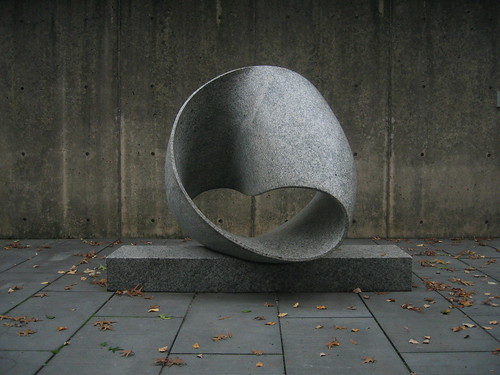 Briefly, the book covers such items as pavers, tiles, tabletops, stepping stones, planters and bowls, all in a a step-by-step format using clear colour photographs. This is a really useful way to learn; you feel like you have stepped into the author's own backyard and watched him make the pieces. The instructions are simple and straight forward, nothing fancy here. If you haven't made wooden forms with plywood and lumber, the book shows you how. The strength of the book is that if you are a complete beginner in concrete craft it gives you enough information and confidence to start. If you wanted to make some simple production molds for geometrically based production work there is also some good information. And there is good precautionary safety advice about wearing gloves, dust masks and protective glasses when necessary.
Briefly, the book covers such items as pavers, tiles, tabletops, stepping stones, planters and bowls, all in a a step-by-step format using clear colour photographs. This is a really useful way to learn; you feel like you have stepped into the author's own backyard and watched him make the pieces. The instructions are simple and straight forward, nothing fancy here. If you haven't made wooden forms with plywood and lumber, the book shows you how. The strength of the book is that if you are a complete beginner in concrete craft it gives you enough information and confidence to start. If you wanted to make some simple production molds for geometrically based production work there is also some good information. And there is good precautionary safety advice about wearing gloves, dust masks and protective glasses when necessary. But don't look for much creative inspiration, advanced techniques or mixes here. The shapes and forms that Wycheck uses are in keeping with an introductory book. If you've been making concrete garden accessories or sculptures for some time, there's not much you can learn. (Although I did learn that two-part polyester makes a great wood sealer for forms that you want to use repeatedly, and I was reminded that vegetable oil makes a good non-toxic release agent.) My summary of the book is that it is useful for beginners, not so useful for experienced concrete artists.
Concrete Crafts: Making Modern Accessories for the Home and Garden
Alan Wycheck
Stackpole Books, 2010, 155 pp
